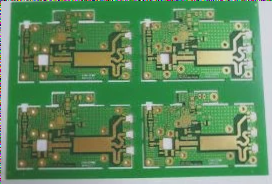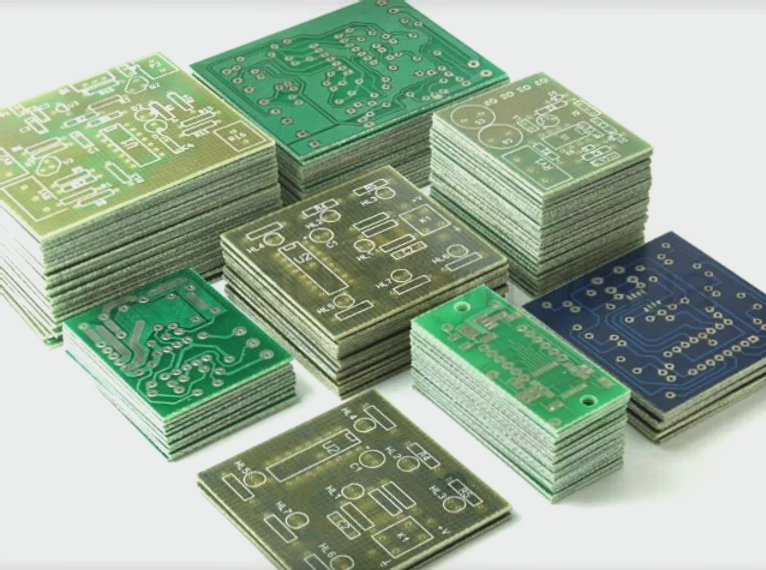Distinguishing Between PCB Resin Plugged Vias and Solder Mask Plugged Vias
Resin plug holes offer quality benefits with added process steps but are cost-effective, especially for BGA parts, while green oil plug holes are less solid but more resistant to acids and alkalis.
Distinguishing Between PCB Resin Plugged Vias and Solder Mask Plugged Vias Read More »




